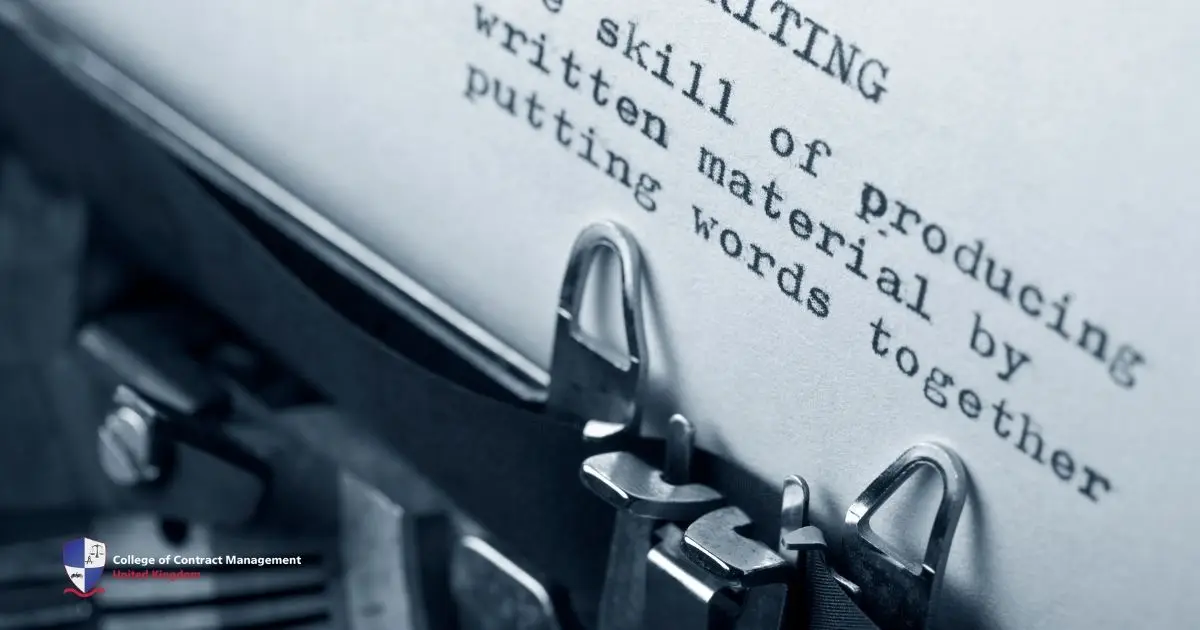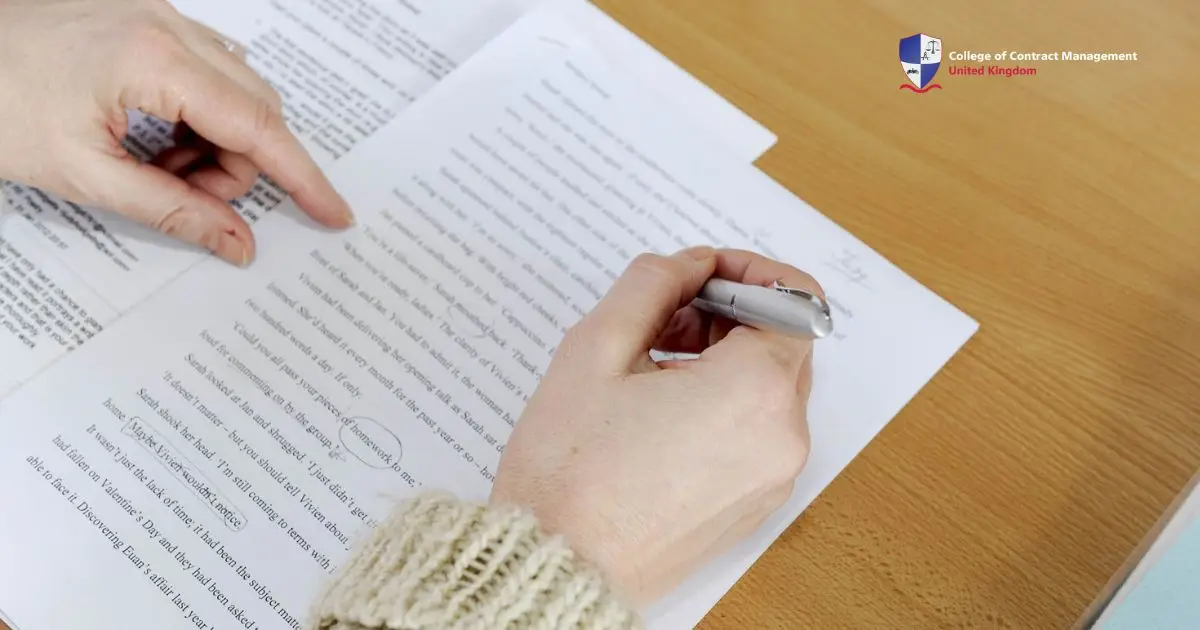Did you know that famous writers like William Shakespeare and Maya Angelou used specific language techniques in their writings? They use some features like metaphor and simile to make the readers interested in their works. Therefore, this writing method can improve the way you convey the message to people.
In this article, we are going to explore the language features and the examples that have been used in writing. We will help you find out how the writers deliver their message clearly and effectively. These techniques will help you communicate more clearly and surely will improve your writing skills.
What are language techniques?
Language techniques are the common methods that writers use to share their thoughts effectively. Just like artists who use techniques in their art, writers use techniques in their words as well. Writers believe this method helps them share what they feel effectively. Besides, readers can be more curious about the meaning of the message.
Applying these techniques in your writing can add flavour to your text. Firstly, these techniques can enhance the meaning of the message and the tone of the writing in literature. Therefore, this method intends to stimulate the readers. By applying this, you can enhance your ability to interpret your thoughts.
The importance of language techniques
Language techniques are important because they help writers convey their ideas to readers and make their writing more descriptive. Using these techniques is not just adding ornaments to writing. You need to understand the objective of this method is to make the communication more effective. Moreover, they allow writers to express their ideas more persuasively. Therefore, the readers engage with the writing and are eager to read more.
The results of these techniques are great. Firstly, they can influence the mood of the text by highlighting the important points. The writers can also manipulate the readers' emotions by utilising this method. Analysing the writing can help the reader find the writer's intention and the meaning of the message.
Figurative language techniques
Have you heard or read a text that associates living objects with non-living objects? For example, "her smile was as bright as the sun" or "the wind whispered through the trees". Actually, you cannot interpret these words with their real meaning. Therefore, these are examples of figurative language techniques.
In writing, figurative language is a style of language that does not show the literal meaning of the word. Basically, writers will use unique expressions to add creative elements to their writing. As a result, readers can gain new insight from the text. Let's learn the examples of figurative languages:
Simile
If you heard a lyric like, "I feel so much lighter like a feather," you just learned the concept of Simile. Basically, simile is one of the language techniques that uses a comparison to describe the similarities. It uses words such as like and as to explain the two things.
The writers use similes to make their writings more engaging. When they compare two things, they make the abstract ideas clearer by using Simile. You can simply say you are light as a feather to describe how relieved you are. This technique can add deeper meaning to your writing.
Metaphor
Another one of the language techniques is Metaphor. Unlike Simile, a metaphor describes objects or actions in a way that is not true. This technique helps explain an idea for the sake of the comparison. When readers take a metaphor seriously, it will probably sound strange and might confuse them.
Writers usually use metaphors to add colour to their writings. If you heard someone describe a person as a couch potato, that does not imply a person is a couch or a potato. Meanwhile, it means a lazy person who spends a lot of their time on a couch.
Personification
Writers have a lot of freedom to convey their ideas. For example, they do not have to be objective when describing things. They usually find the accurate way to explain their ideas is to give each piece its personality. Therefore, they're using one of the figurative languages called Personification.
Personification is one of the language techniques that writers use to describe non-living things with human personalities. These things can be objects or concepts. For example, "The leaves danced in the wind" does not actually mean the leaves are dancing. Therefore, the word "danced" personifies the movement of the leaves.
Hyperbole
The freedom of the writers is they can express their thoughts in many ways, even in a dramatic way. For example, they tend to exaggerate and manipulate their words for greater emphasis. By doing this, they can draw their readers' attention to a certain element. Therefore, this is hyperbole.
Hyperbole is another language technique to exaggerate statements that might lead to drama. Writers usually use this style to shine a spotlight on something. In short, the writers want the reader to pay full attention to it. For example, the term "weighs a ton" can imply something really heavy.
Onomatopoeia
Ever wonder how to insert the sounds of a subject in texts? We know that a bee buzzes and bird tweets. These words are intended to give readers the ability to "listen" to them. However, do you know where these words come from? Therefore, this is how Onomatopoeia works.
Onomatopoeia (ah-nuh-mah-tuh-pee-uh) refers to the practice of naming something based on the spoken imitation of an associated sound. This language technique attempts to reproduce a sound to a thing or action that makes it. For example, the cat goes meow, the duck goes quack, the water goes splash, and more.
Stylistic devices in language techniques
After we learn how figurative language captures readers' attention, let's move on to another writing method. Writers usually use a literary device to incorporate a wider range of language techniques. They use this device to enhance their message and communicate with readers easily. In short, this method is Stylistic Devices.
Stylistic Device is a technique that writers use to arouse the readers' emotions while reading a text. This tool adds artistic aspects to make the writing more impactful. Additionally, this tool can add a deeper meaning to the writer's message. Therefore, let's get into the common types of it.
Imagery
Imagery is a powerful tool that brings writing to life by creating a sensory experience for their words. This method can help the reader to paint mental pictures while reading a text. For instance, in Harry Potter and the Chamber of Secrets, the author describes Ron's failed studies like this:
"...every time Ron tried to transfigure his beetle it engulfed him in thick grey smoke that smelled of rotten eggs" (p. 95)
This passage emphasises that although readers can't smell the actual rotten egg, they can still imagine how stinky it is. Basically, writers use language techniques that describe human senses to make readers easily engage with the words. Therefore, using imagery in writing can help readers catch the writing better.
Symbolism
In writing, Symbolism is a language technique of expressing ideas by using symbols instead of literal words. This method uses abstract ideas that help writers to convey deeper emotions in their work. Overall, this tool can trigger emotional responses to help readers connect more deeply with the writing.
For example, in Harry Potter and the Sorcerer's Stone, the author symbolises Harry's scar in many ways. The lightning-shaped scar that Harry receives from Voldemort proves that he has survived a great battle in his life. Furthermore, it represents Harry's emotional sensitivity. Every time hatred directs Harry, the scars will hurt his head.
Irony
Irony is a language technique to express ideas by showing a contrast between expectation and reality. This technique highlights critical situations to make the story more interesting. Moreover, it engages the readers and enhances the writers' ability to communicate. For example, in Harry Potter and the Prisoner of Azkaban, the Daily Prophet wrote:
"Sirius Black, the most infamous prisoner to ever be held in Azkaban fortress, is still eluding capture" (pg. 37).
The author uses this passage to tell readers to view Sirius Black as the main villain in this book. However, the unexpected twist to this mystery becomes a heartwarming moment. Harry learns that Sirius is his godfather, and he can reconnect with a relative who knew his late parents.
Tone and Mood
The tone is the writer's attitude towards the subject, while mood refers to the emotional atmosphere of readers. The author uses this language technique through word choices, sentence structure, and stylistic elements. In short, the use of tone and mood in writing reflects how both the author and the reader feel.
For example, the tones of the Harry Potter series are tense, aggressive, and optimistic. The book blends the confrontations, determinations, and resilience that make the story more interesting. Meanwhile, the moods of this book are mysterious, melancholy, and hopeful. Therefore, these moods make the story more impactful and remain memorable.
Diction
Another impactful language technique in writing is word choice or diction. This method refers to the writers' ability to choose words to express ideas in their writing. When the writer uses the right diction, they can convey their message more effectively. Additionally, it can improve the quality of the writing.
For example, the writer of the Harry Potter series uses unique Diction through magical vocabulary combined with British cultural aspects. These word choices can improve the story's setting and make the characters more impactful. Moreover, they set the mood for the readers to stay engaged with the writing.
Learn more about language techniques with CCM!
In conclusion, applying language techniques in writing can improve how you share your thoughts and feelings with readers. By using figurative language such as Simile and Metaphor, the writers can express their ideas creatively. Moreover, using stylistic devices such as Symbolism and Diction can add deeper meaning to their work.
If you want to improve your skills, you should enrol in courses at the College of Contract Management. The college offers various advanced programmes that allow you to develop your skills. Plus, they offer online learning, so you don't have to leave your comfort zone. Visit our site to learn more!





